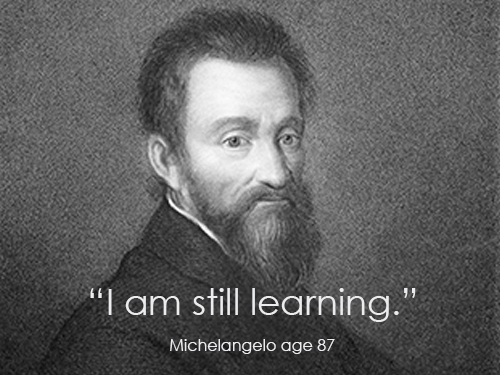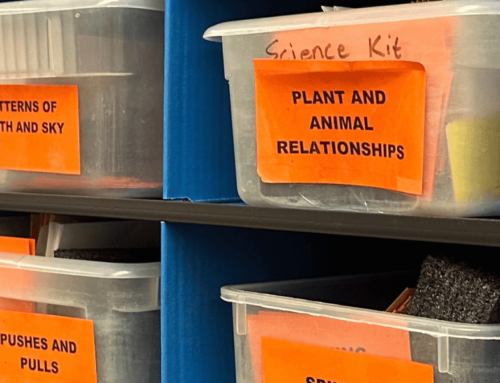This past fall, I sat in on Northwest Educational Service District’s (NWESD) Fall Outreach (a professional learning opportunity for school teams across the region) and was struck by the difference in messaging that schools are receiving compared to year’s past.
I sense that one of the unintended consequences of identifying subgroups and schools as “in need of improvement” has been that teachers of specific student groups and at identified schools felt a little (or very) demoralized or isolated. One of the takeaways from the Fall Outreach is that all schools are in improvement all of the time. This reminds me of a quote attributed to Michelangelo at age 87, “I am still learning.” I believe this message conveys a sense of community- we are all in this together for the benefit of all students regardless of our starting point.
Another theme that emerged from the sessions was the emphasis on “improving core instruction” and instructional practices that meet the needs of multiple student groups across instructional settings. Some of the resources used in these discussions included John Hattie’s rank order of effect sizes, OSPI’s menus of best practices and strategies, and the Council for Exceptional Children’s High Leverage Practices for Special Education.
One of the activities groups participated in was the analysis of a crosswalk between Hattie’s strategies and many of the high leverage practices endorsed by OSPI. Feedback from groups that participated was that focusing on instructional strategies such as feedback, teacher clarity, summarization, etc. that can be taught to and applied by staff (including paraeducators, certificated staff, and specialist staff) feels hopeful because it provides the basis for a school improvement goal that is relevant, meaningful to all, and actionable. The crosswalk activity seemed to help schools to get beyond feeling overwhelmed by the sheer number of resources available, toward looking for common practices across resources.
A final theme that I observed across presentations was the clear link between equity and sound instruction. Inequity in school is both a systems issue and a personal issue. Many (including me) struggle with discussions about equity because I can see it, but don’t know where to begin. I choose to begin by acknowledging my own bias’s (we all have them), and I believe that a focus on sound instruction for all (again, improving core instruction) is part of the solution.
In summary, what a hopeful time this is as we continue to undertake school improvement work. There are no silver bullets to speak of, but the knowledge that we share a common focus and responsibility as colleagues and to all of our students is powerful.




